
27 Nov DESCENDANTS- Newsletter- November 18, 2023
Contents
- 1 CAMP DAVID ACCORDS THERE HAS BEEN 35 YEARS OF PEACE IN ONE PART OF THE MIDDLE EAST
- 2 RAIDS INTO CANADA IN 1870 AND 1871 FROM THE U.S. LED TO THIS BATTLE
- 3 THAT’S 29 POUNDS OF BABY, SOME VERY HEALTHY DESCENDANTS!
- 4 THE WEALTHIEST MAN IN AMERICA ENDED UP IN DEBTOR’S PRISON
- 5 THE U.S. STILL HAS NOT BEEN PAID FOR CENTURY-OLD WORLD WAR I AND II LOANS
- 6 WE COULD HAVE HAD A FLORIDA CANAL BEFORE WE HAD A PANAMA CANAL
- 7 WHAT ABOUT YOUR DESCENDANTS?
 CAMP DAVID ACCORDS
CAMP DAVID ACCORDS
THERE HAS BEEN 35 YEARS OF PEACE IN ONE PART OF THE MIDDLE EAST
We recently visited the Carter Presidential Library in Atlanta, and refamiliarized ourselves with the Camp David Accords which were negotiated while we were in college. With all of the troubles in the Middle East, I was struck by the fact that since the 1978 accords, not one Egyptian or Israeli has died fighting each other in war.
Here’s a summary of the Camp David Accords-: They were a pair of political agreements signed by Egyptian President Anwar Sadat and Israeli Prime Minister Menachem Begin on 17 September 1978, following twelve days of secret negotiations at Camp David, the country retreat of the President of the United States in Maryland. The two framework agreements were signed at the White House and were witnessed by President Jimmy Carter; the second of these frameworks (A Framework for the Conclusion of a Peace Treaty between Egypt and Israel) led directly to the 1979 Egypt–Israel peace treaty. Due to the agreement, Sadat and Begin received the shared 1978 Nobel Peace Prize. I am sure Begin, Sadat, and Carter’s descendants are proud of their accomplishment.
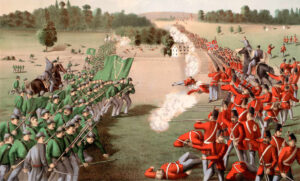 RAIDS INTO CANADA IN 1870 AND 1871 FROM THE U.S. LED TO THIS BATTLE
RAIDS INTO CANADA IN 1870 AND 1871 FROM THE U.S. LED TO THIS BATTLE
While planning a future trip to Canada, I came across this story:
The Fenian raids were a series of incursions carried out by the Fenian Brotherhood, an Irish republican organization based in the United States, on military fortifications, customs posts, and other targets in Canada (then part of British North America) in 1866 and again from 1870 to 1871. Several separate incursions by the Fenian Brotherhood into Canada were undertaken to pressure the British government to withdraw from Ireland, although none of these raids achieved their aims.
In Canada, the incursions divided its burgeoning Irish Canadian population, many of whom were torn between loyalty to their new home and sympathy for the aims of the Fenians. Protestant Irish immigrants were generally loyal to the British and fought with the pro-Union Orange Order against the Fenians.
While authorities in the United States arrested the men and confiscated the arms of the Fenian Brotherhood, there was speculation that some in the U.S. government ignored the preparations undertaken by the Fenians due to anger over British assistance to the Confederacy during the American Civil War. The Fenian raids were one of the factors that led to the Canadian Confederation, as the provinces united to face the threat of the Fenian invasions.
The picture above features the charge of the Fenians (wearing green uniforms) under Colonel John O’Neill at the Battle of Ridgeway, near Niagara, Canada West, on June 2, 1866. In reality, while the Fenians had their own green flags, they wore a mixed bag of Union and Confederate uniforms (if they still had them, or parts of them left over from the Civil War) or civilian garb, with strips of green as arm or hat bands to distinguish themselves.
I am certain all of the Fenian descendants are glad that they all get along today!
https://www.thecanadianencyclopedia.ca/en/article/fenian-raids
THAT’S 29 POUNDS OF BABY, SOME VERY HEALTHY DESCENDANTS!

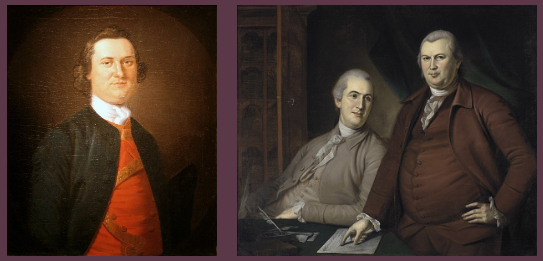
THE WEALTHIEST MAN IN AMERICA ENDED UP IN DEBTOR’S PRISON
Three men with the surname Morris were members of the Founding Fathers of the United States of America. Lewis Morris (above left), who signed the Declaration of Independence, was the half-sibling of the more famous Gouverneur Morris (left side of above right picture), who signed the Articles of Confederation and the U.S. Constitution and once worked for the even more famous Robert Morris (right side above right picture, painted together), who signed all three documents.
Robert Morris Jr. (1734 – 1806) was an English American merchant and a Founding Father of the United States. He served as a member of the Pennsylvania legislature, the Second Continental Congress, and the United States Senate, and he was a signer of the Declaration of Independence, the Articles of Confederation, and the United States Constitution. From 1781 to 1784, he served as the Superintendent of Finance of the United States, becoming known as the “Financier of the Revolution.” Along with Alexander Hamilton and Albert Gallatin, he is widely regarded as one of the founders of the United States financial system.
Born in Liverpool, Morris migrated to North America in his teens, quickly becoming a partner in a successful shipping firm based in Philadelphia. In the aftermath of the French and Indian War, Morris joined other merchants in opposing British tax policies such as the 1765 Stamp Act. By 1775, he was the wealthiest man in America. After the American Revolutionary War outbreak, he helped procure arms and ammunition for the revolutionary cause, and in late 1775, he was chosen as a delegate to the Second Continental Congress. As a member of Congress, he served on the Secret Committee of Trade, which handled the procurement of supplies, the Committee of Correspondence, which handled foreign affairs, and the Marine Committee, which oversaw the Continental Navy. Morris was a leading member of Congress until he resigned in 1778. Out of office, Morris refocused on his merchant career. He won election to the Pennsylvania Assembly, where he became a leader of the “Republican” faction that sought alterations to the Pennsylvania Constitution.
Facing a difficult financial situation in the ongoing Revolutionary War, in 1781, Congress established the position of Superintendent of Finance to oversee financial matters. Morris accepted the appointment as Superintendent of Finance and served as Agent of Marine, from which he controlled the Continental Navy. He helped provide supplies to the Continental Army under General George Washington, enabling, with the help of frequent collaborator Haym Salomon, Washington’s decisive victory in the Battle of Yorktown. Morris also reformed government contracting and established the Bank of North America, the first congressionally chartered national bank in the United States. Morris believed that the national government would be unable to achieve financial stability without the power to levy taxes and tariffs. Still, he could not convince all thirteen states to agree to an amendment to the Articles of Confederation.
Frustrated by the weakness of the national government, Morris resigned as Superintendent of Finance in 1784. Morris was elected to the American Philosophical Society in 1786.
In 1787, Morris was selected as a delegate to the Philadelphia Convention, which wrote and proposed a new constitution for the United States. Morris rarely spoke during the convention, but the constitution produced by the convention reflected many of his ideas. Morris and his allies helped ensure that Pennsylvania ratified the new constitution and the requisite number of states ratified the document by the end of 1788. The Pennsylvania legislature elected Morris as one of its two inaugural representatives in the United States Senate. Morris declined Washington’s offer to serve as the nation’s first Treasury Secretary, instead suggesting Alexander Hamilton for the position. Morris supported Hamilton’s economic program in the Senate and aligned with the Federalist Party. During and after his service in the Senate, Morris went deeply into debt by speculating on land, leading to the Panic of 1796–1797. Unable to pay his creditors, he was confined in the Prune Street debtors’ apartment adjacent to Walnut Street Prison from 1798 to 1801. After being released from prison, he lived a quiet, private life in a modest home in Philadelphia until he died in 1806.
Gouverneur Morris (1752 – 1816) was an American statesman, a Founding Father of the United States, and a signatory to the Articles of Confederation and the United States Constitution. He wrote the Preamble to the United States Constitution, called the “Penman of the Constitution”. While most Americans still considered themselves citizens of their respective states, Morris advanced the idea of being a citizen of a single union of states. He was also one of the most outspoken opponents of slavery among those who were present at the Constitutional Congress. He represented New York in the United States Senate from 1800 to 1803.
Morris was born into a wealthy landowning family in what is now New York City. After attending King’s College, now Columbia University, he studied law under Judge William Smith and earned admission to the bar. He was elected to the New York Provincial Congress before serving in the Continental Congress. After losing re-election to Congress, he moved to Philadelphia and became the assistant U.S. Superintendent of Finance under Robert Morris (see earlier). He represented Pennsylvania at the 1787 Constitutional Convention, advocating a strong central government. He served on the committee that wrote the final draft of the United States Constitution.
After the ratification of the Constitution, Morris served as Minister Plenipotentiary to France. He criticized the French Revolution and the execution of Marie Antoinette. Morris returned to the United States in 1798 and won the election to the Senate in 1800. Affiliating with the Federalist Party, he lost re-election in 1803. After leaving the Senate, he served as chairman of the Erie Canal Commission.
Lewis Morris (1726 – 1798) was an American Founding Father, landowner, and developer from Morrisania, New York, presently part of Bronx County. He signed the U.S. Declaration of Independence as a New York delegate to the Continental Congress. Lewis was a half-sibling of Gouverneur Morris (see earlier).
One of our clients wondered whether they had anyone famous in their family tree. His descendants were very excited to find out Robert Morris was a many times great uncle.
Here’s another mention of Robert Morris earlier this year: https://gem.godaddy.com/p/956cb61
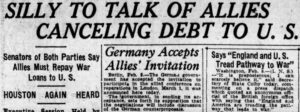 THE U.S. STILL HAS NOT BEEN PAID FOR CENTURY-OLD WORLD WAR I AND II LOANS
THE U.S. STILL HAS NOT BEEN PAID FOR CENTURY-OLD WORLD WAR I AND II LOANS
The issue of delinquent principal and accrued interest on loans extended by the United States during World War I, and the related question of reparations owed by Germany, has remained unresolved for nearly 60 years. Although the amounts borrowed by our World War I allies totaled approximately $12.4 billion at the time, the amount outstanding has grown to $31.6 billion by December 31, 1994, including accrued but unpaid interest and after deduction for all payments made. Some countries — including Cuba, Finland, Hungary, Liberia, and Nicaragua — paid their World War I debts to the U.S. in total, although the amounts lent initially to these countries were relatively small.
As you may be aware, these debts present unique problems. Most debtor countries fulfilled their commitments under the original debt agreements until the great depression of the 1930s. Except for the former U.S.S.R. — which repudiated all foreign debts in January 1918 — the principal debtor countries have never denied the validity of these debts. However, these debts to the U.S. were bound up with the issue of German war reparations and the intra-European debts generated by World War I. Many European nations are net creditors on World War I indebtedness, with Germany owing to them more than they owe to other nations. These countries have maintained since the 1930s that they would resume payment on their war debts to the United States on the condition that the issue of Germany’s war reparations to them be satisfactorily settled.
Resolution of the government claims against Germany arising from World War I was subsequently deferred “until a final general settlement of this matter” by the 1953 London Agreement on German external debts to which the U.S. is a party. This agreement was ratified after receiving the advice and consent of the U.S. Senate and has the status of a treaty. Thus, while the U.S. has never formally recognized any legal connection between the World War I obligations owed to the U.S. and reparations claims on Germany, a linkage has been established in practical terms.
The case of debts arising from World War II is somewhat less complicated. At this time, only four countries, discussed below, owe the U.S. government debts of any size arising from World War II programs to aid our allies. Other countries have paid their debts in full.
The United Kingdom still has amounts outstanding from World War II and its immediate aftermath, which it regularly repays. World War II-era claims on Iran have been incorporated into the claims adjudicated by the Iran-U.S. Claims Tribunal, established after the 1979 Iranian revolution. Lend Lease claims against the former Soviet Union arising from World War II were settled in a 1972 agreement between the U.S. and U.S.S.R. In the 1972 agreement, the U.S.S.R. pledged to make three initial payments totaling $48 million and to repay the remaining Lend Lease debt once the United States had granted Most Favored Nations (MFN) trade status. The Soviet Union made the three initial down payments. Still, because it did not obtain MFN status at that time — because of conditions outlined in the 1974 Trade Act — its obligation to make the remaining payments toward its Lend Lease debt was not triggered before the dissolution of the U.S.S.R. However, MFN status was extended to the Russian Federation in 1992. Accordingly, in 1993, Russia signed an agreement with the U.S. in which it acknowledged its liability and agreed to a repayment schedule for the former U.S.S.R.’s Lend-Lease debt. Finally, the U.S. continues to work for a resolution with Taiwan of the issue of debts arising from World War II-era loans extended to China.
It will be the descendants of the participants in these two World Wars that have inherited the debt.
https://1997-2001.state.gov/issues/economic/fs_000301_wardebt.html?
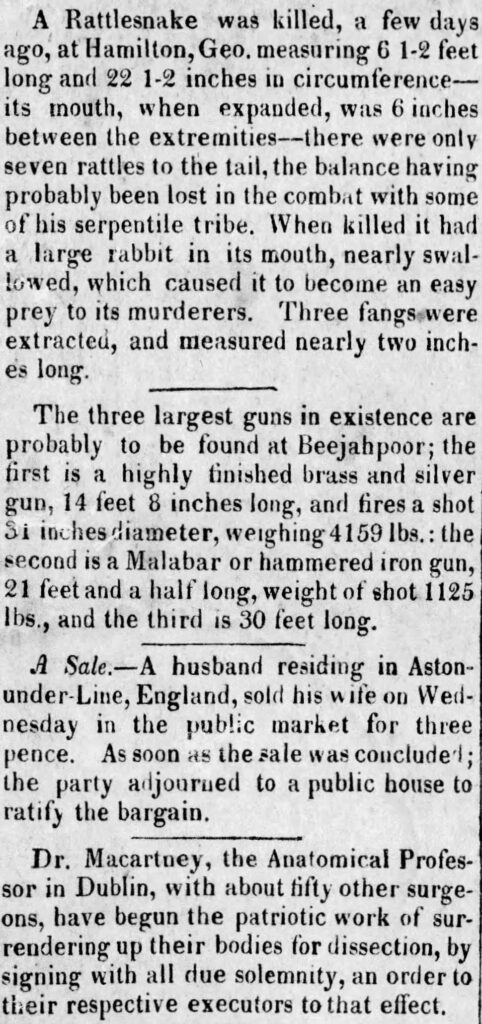
 I AM THANKFUL FOR THE AMERICAN EXCHANGE PROJECT KNOWN AS AEP
I AM THANKFUL FOR THE AMERICAN EXCHANGE PROJECT KNOWN AS AEP
next generation always ends up cleaning up the problems caused by the last. I was struck by the AEP as this groups mission and approach is to build a foundation for that to occur.
“Our mission is to connect our divided country.”
“Toxic polarization has moved into our daily lives, corroding our faith in one another and our democracy, shaping the choices we make, the people we associate with, and the places we call home. As a consequence, our kids are growing up isolated in bubbles that burden their mental health and limit their development as young adults and young citizens.
Welcoming the stranger, hometown pride, a deep love of our children, and a reverence for the character-building journey—these are deeply American ideals. AEP harnesses them, along with the energy and curiosity of young people, to create a solution: a free domestic youth exchange program.
We’re stitching our country together, one student, one high school, one hometown at a time.”
More than 300 high school graduates signed up for a unique student exchange program this summer. Unlike the well known foreign-exchange model that allows teens the chance to study abroad, this program gives students the opportunity to soak in a brand-new culture without ever leaving the country. It’s called the American Exchange Project, or AEP for short, and it was co-founded by 29-year-old David McCullough III, grandson of the late Pulitzer Prize-winning historian David McCullough. “We fund kids to spend a week in the summer after senior year in an American town that is politically and socio-economically and culturally very different from the one that they’re growing up in,” McCullough said. And the kids who participate say it’s a little weird at first, but ultimately worth it. “You have to do things that… even if it’s talking to a new person…might make you uncomfortable,” said Californian Evan Quach, who traveled to Dodge City, Kansas. “But you have to, or else you’re not going to make new friends, you’re not going to be able to experience life.” The lessons learned will bear fruit for their descendants.
https://www.cbsnews.com/news/american-exchange-project-building-bridges-across-the-american-divide/?
https://www.americanexchangeproject.org/
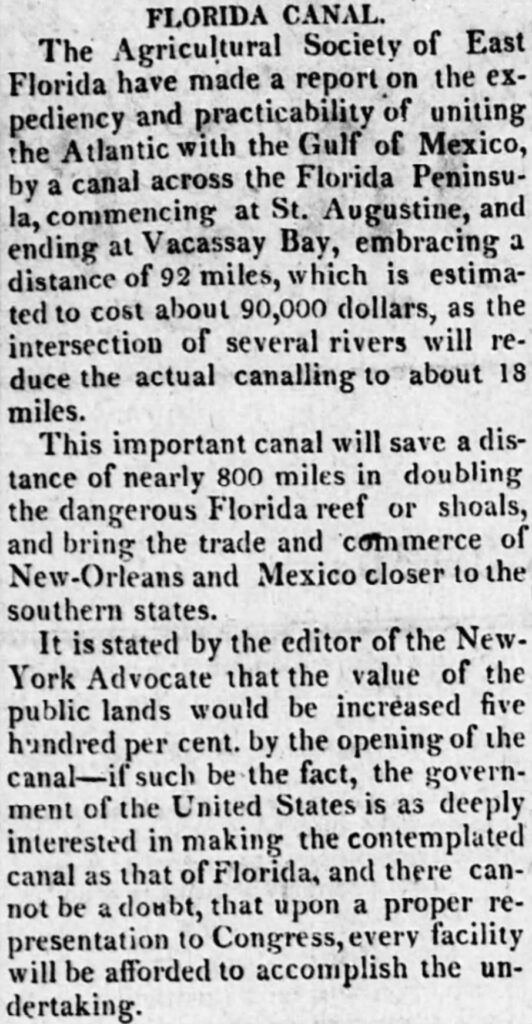 WE COULD HAVE HAD A FLORIDA CANAL BEFORE WE HAD A PANAMA CANAL
WE COULD HAVE HAD A FLORIDA CANAL BEFORE WE HAD A PANAMA CANAL
I recently saw a newspaper article about an 1821 proposal for a cross-Florida canal being sponsored by future president Martin Van Buren.
Accompanying General Andrew Jackson on his controversial raid into Spanish Florida, Lieutenant James Gadsden built a fort on the Apalachicola River. Captain Hugh Young wrote a helpful report describing the terrain. Soon after annexation in 1821, Congress ordered the army engineers to determine the feasibility of a cross-Florida canal.
Despite the corps’ discouraging report, Congress again and again authorized new surveys of possible routes.
The cross-Florida canal project, which for decades was considered economically unfeasible by the engineers but was finally recommended during the eras of Franklin Roosevelt and John Kennedy — presidents who wanted the projects built for their own political reasons.
A visual aid from those proposals is below, along with a map of a partially completed cross-Florida barge canal.
Van Buren’s descendants still wonder if the canal will ever be built.

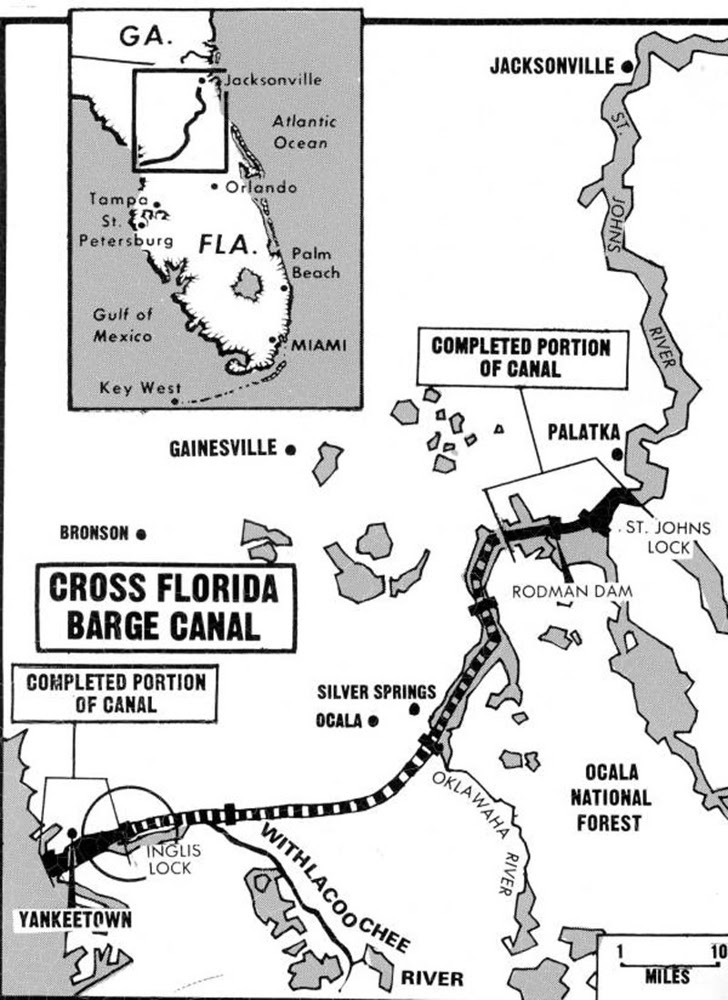
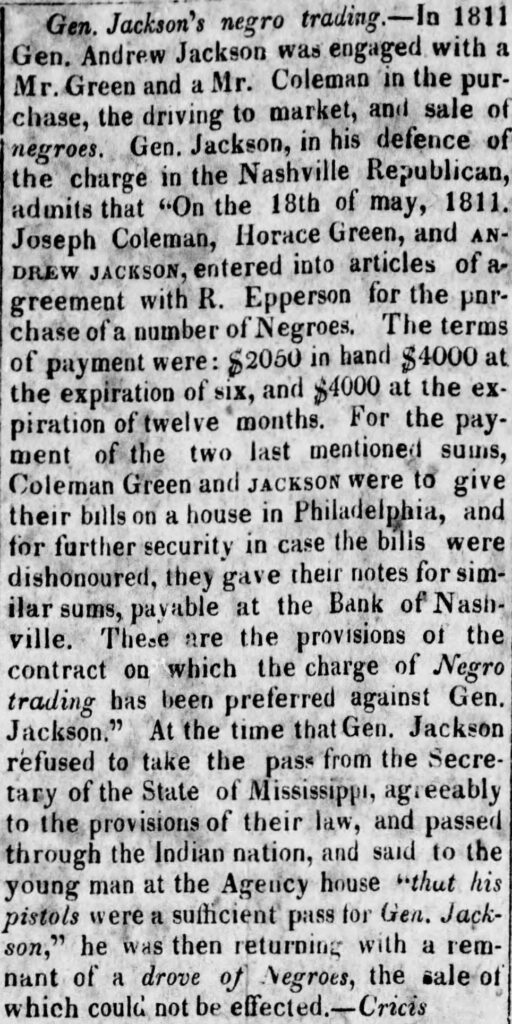
 WHAT ABOUT YOUR DESCENDANTS?
WHAT ABOUT YOUR DESCENDANTS?
Reach out to Dancestors Genealogy genealogists to research, discover, and preserve your family history. No one is getting any younger, and stories disappear from memory every year and eventually from our potential ability to find them. Paper gets thrown in the trash; books survive! So do not hesitate and call me @ 214-914-3598.

